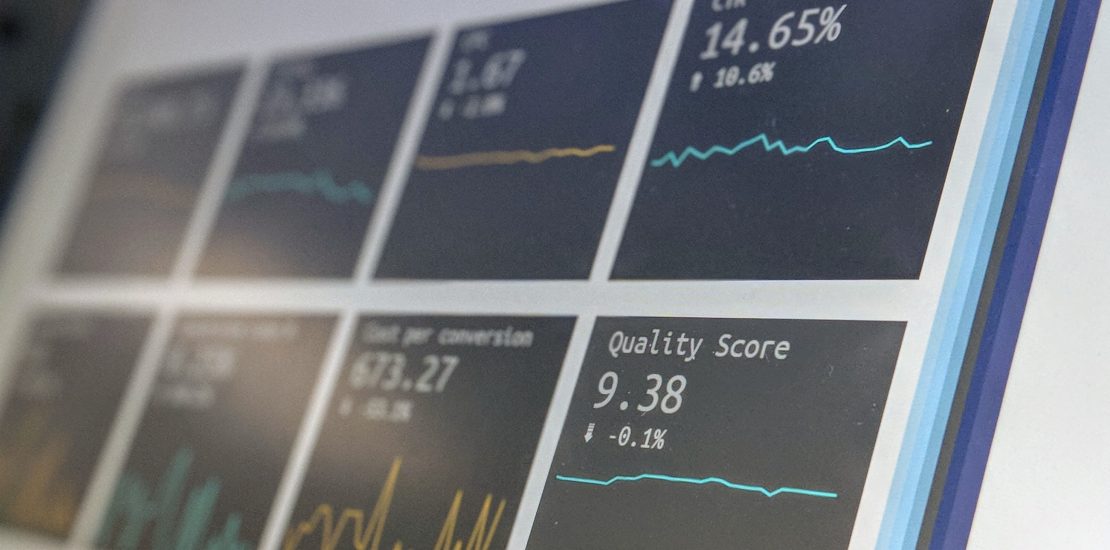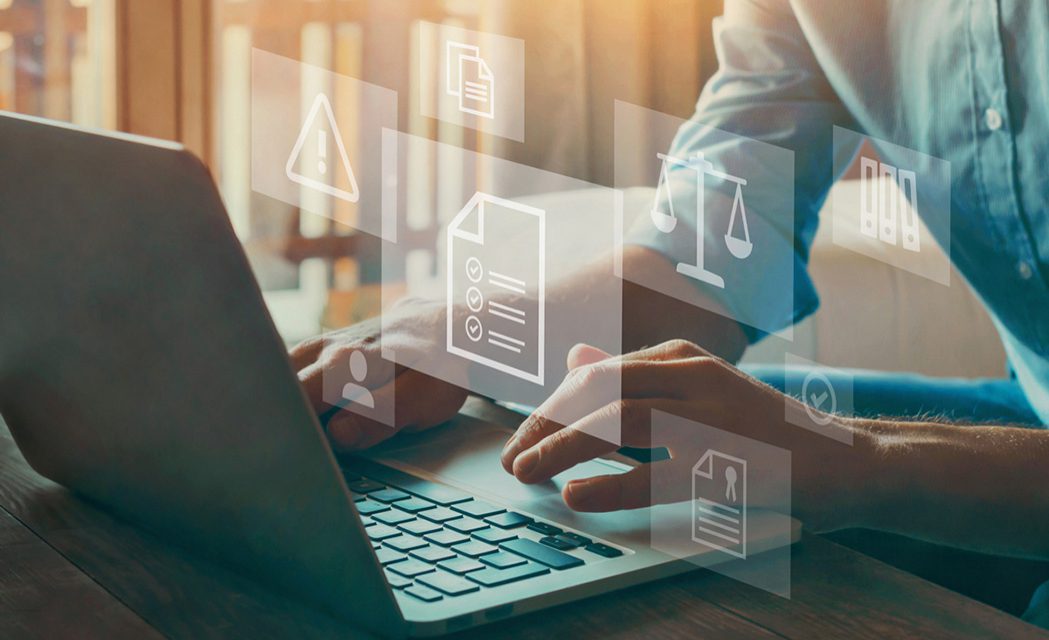Thought Leadership
The State Of eInvoicing In Australia
October 02, 2017


By: Jussi Karjalainen at Valtatech
It is estimated that as many as 1 billion invoices are exchanged between businesses in Australia on an annual basis; however only 10-15% of those invoices are e-invoices, with the rest remaining paper-based. So, why has the adoption of e-invoicing been so slow in Australia and APAC? What opportunities does e-invoicing offer businesses in Australia?
Let’s start with the basics, e-invoicing is an automated process of submitting and processing an invoice in a digital format. Integrating the supplier’s accounts payable (AP) solution with the buyer’s accounts payable (AP) solution for exchanging invoice information electronically and, in an automated way. This process often includes validation of invoice information, acknowledgement of receipts and some specific business rules.
Reducing paper reduces costs
Using e-invoicing to connect businesses and enabling them to trade electronically is a modern, innovative solution to the paper problem. It’s been estimated that paper consumption per office worker ranges between 10,000 & 20,000 sheets a year, with a higher figure likely for accounting and finance industries. The business and environmental impact of paper invoicing also means its unsustainable and hugely unproductive.
Organisation can save 1-2% of turnover by replacing paper invoices with electronic invoices and optimising their supply chain, so why are so many Australian businesses refusing to innovate to increase productivity and increase their bottom line?
Most importantly, e-invoicing needs to be as simple as possible for the supplier to use, to ensure high adoption. Historically, this has not been the case and as a result, supplier participation has been impacted. However, more recent technical advances have enabled more and more organisations to connect and trade electronically.
I am talking about an approach that is non-disruptive to the supplier, as it takes advantage of methods and tools, which are already ubiquitous and second nature to every organisation – in fact the approach is the second most popular way to invoice today after paper – PDF invoicing.
Unfortunately, most organisations are not aware of the automation possibilities that present themselves by using the data that lies, literally in front of their eyes (the invoice data is literally carried in the PDF itself – as put there by the application that generated it).
There are many organisations around the world that have realised the benefits of e-invoicing. But it’s clear that high adoption of the suppliers that matter is one of the most important factors to a successful e-invoicing project.
The more electronic invoices you receive, the less paper remains in the business. The quicker you can get your suppliers on-board, the sooner you will realise the benefits.
So, why is there often such a low take-up of e-invoicing particularly with small to medium size suppliers? Well, there are two main barriers to adoption, namely the technical change suppliers often must make and the perceived financial cost to the supplier.
E-invoicing offers significant value, both to suppliers and buyers. For buyers, it decreases costs, as they no longer need to use unreliable and expensive methods to capture supplier invoice information, such as scan and capture or manual data entry into their ERP or AP systems. When implemented correctly, it also, eliminates processing errors and as the exchange is completely electronic, reduces processing time.
For suppliers, e-invoicing helps them to receive payments on time from their customers, reducing cost of invoicing and eliminating processing errors. It also often enhances the opportunity to participate in buyer-led payment advancements and dynamic discounting programs.
The Australian Digital Business Council
When the benefits are clear for both sides, and the rest of the world is largely ahead of us; what is Australia doing to increase adoption and to unlock that $28 billion from the economy that e-invoicing is said to realise?
The good news is that the Australian Digital Business Council has begun to work with businesses and e-invoicing providers in Australia to introduce standards and guidelines for e-invoicing, with an aim to increase adoption of e-invoicing across Government and businesses.
The Council is specifically encouraging the use of solutions, which lower the entry barriers for e-invoicing and enable rapid realisation of the associated benefits. It is often the case that complex-invoicing approaches require suppliers to comply with set XML or EDI standards, which almost always requires configuration or development work within a supplier’s systems. This is obviously costly and time consuming, leading to business cases that only stack up with suppliers that send out significant volumes of invoices. The rest of us are left behind.
The key to adoption of e-invoicing in Australia
There is no doubt in my mind that e-invoicing can deliver significant benefit for Australian economy and the benefits are shared with both suppliers and buyers of all sizes. An integrated format, via XML or EDI, enables us to build a business case for the largest supplier and buyer relationships, however the entry barriers of adoption for middle and small supplier still exist.
Many companies often don’t have the resources to modify their system to suit an industry standard, and the benefits cannot be easily realised for suppliers, unless a large number of their customers are able to support the same approach.
The solution
Instead of supplier needing to print an invoice from their accounting system, pop it in an envelope and mail it to their customer, most of the modern accounting systems can produce a PDF and have it emailed automatically. In fact, based on our statistics as much as 60-80% of suppliers already do this. Clearly this makes sense, as there is no development and configuration to be done in their accounting systems. You simply modify the email address for your customer and create your invoices as you used to . The top tier accounting systems, such as Xero, MYOB etc all have this functionality, in an ‘out of the box’ format.
Where a discussion around PDF invoicing becomes important is when we talk about adoption, as it can easily be claimed to be the easiest way to create an invoice. This certainly is the case for an average Australian small or medium sized supplier. In the past, we have seen even the largest companies emailing their invoices.
PDF invoicing means that most suppliers can move to e-invoicing without any changes to their own systems. They create their invoice in the system they currently use, create a PDF and email it over. Simple.
For an organisation with experience of working with a traditional e-invoice service provider, the challenge of “removing the barriers to onboarding to maximise supplier adoption” is likely to be viewed as a complex and difficult one. However, as is often the case with complex problems, taking a simple, fresh approach can result in a simple and easy to use solution.
So, let’s take the Digital Council at their word and adopt innovation to increase productivity. The early adopters have embraced e-invoicing and are moving their businesses forward with the resources they have released. It’s time for everyone else to follow with confidence. We are living in the past and we will be left behind if we don’t.
Valta Technology Group and CloudTrade partnered in Australia and the wider APAC region to offer a supplier friendly alternative to e-invoicing.
Patented technology from Cloudtrade extracts supplier invoices from a specific mailbox, taking all the data from the PDF document and mapping it into a specific e-invoice XML format. Because the data is taken straight from the PDF, 100% data accuracy is guaranteed – no manual processes or keying is required, and because suppliers do not need to change their processes or infrastructure, typical on-boarding rates are of 90% or more.




